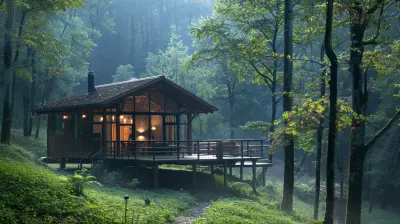On the Trail of Gaudí: Barcelona's Architectural Wonders
3 July 2025
Barcelona isn't just a city; it's a masterpiece. And if there’s one name that truly defines its artistic soul, it's Antoni Gaudí. His imaginative, almost dreamlike architecture has left an indelible mark on the city’s skyline. Walking through Barcelona feels like stepping into a surreal painting, where buildings twist, curve, and shimmer with vibrant colors.
So, if you're ready to trace the steps of this genius and witness some of the most breathtaking architecture Europe has to offer, let’s embark on the ultimate Gaudí trail! 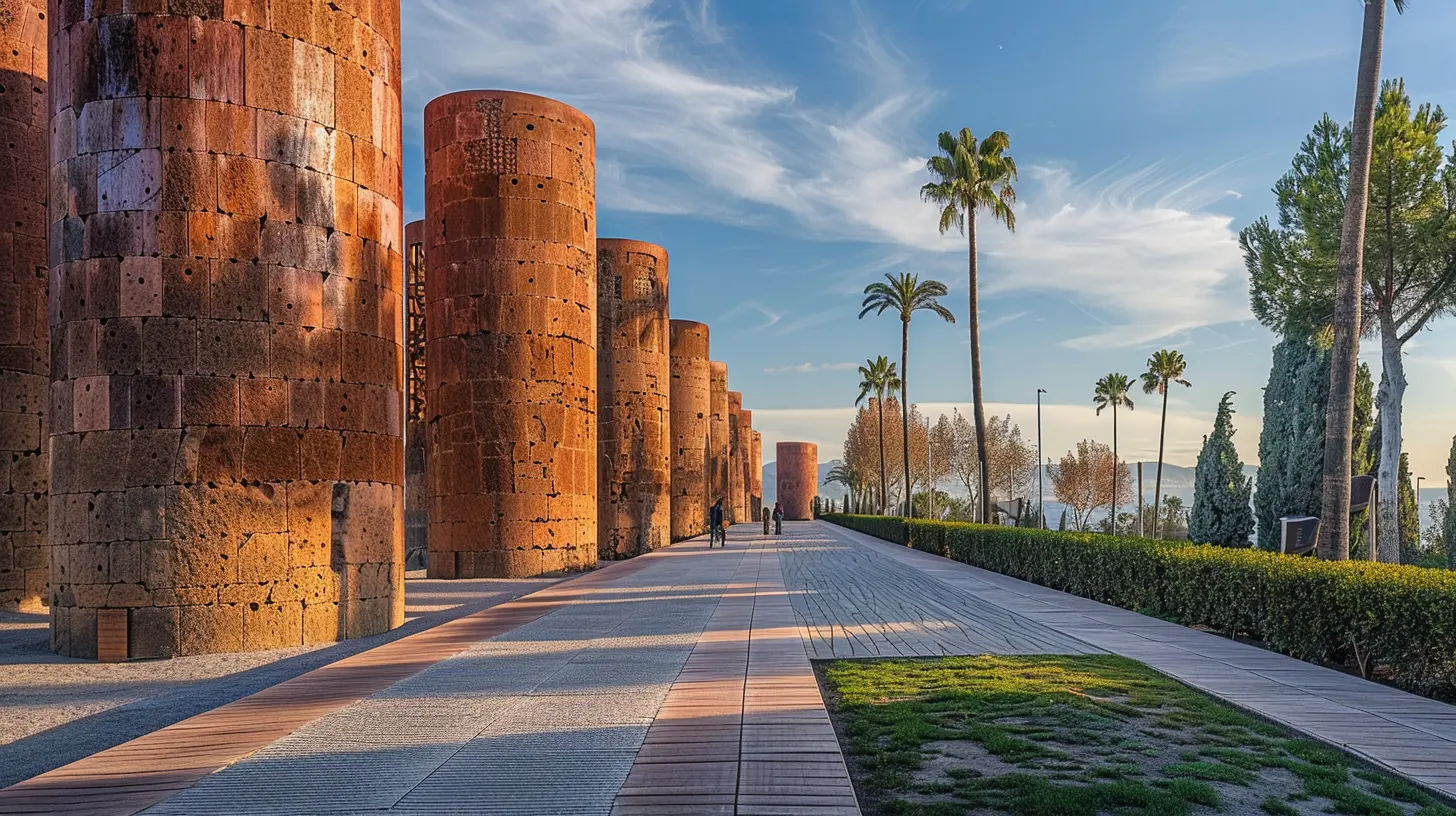
Who Was Antoni Gaudí?
Before diving into his creations, let’s talk about the man behind the magic. Antoni Gaudí was more than just an architect—he was a visionary. Born in 1852, this Catalan genius redefined architecture with his organic forms, intricate details, and innovative use of materials. Inspired by nature, his works rarely followed conventional straight lines. Instead, they danced with curves, mimicking the natural world.Gaudí's deep religious faith also played a significant role in his designs, most notably in the masterpiece that dominated his final years—La Sagrada Família.
Now, let’s hit the streets of Barcelona and discover his most awe-inspiring works! 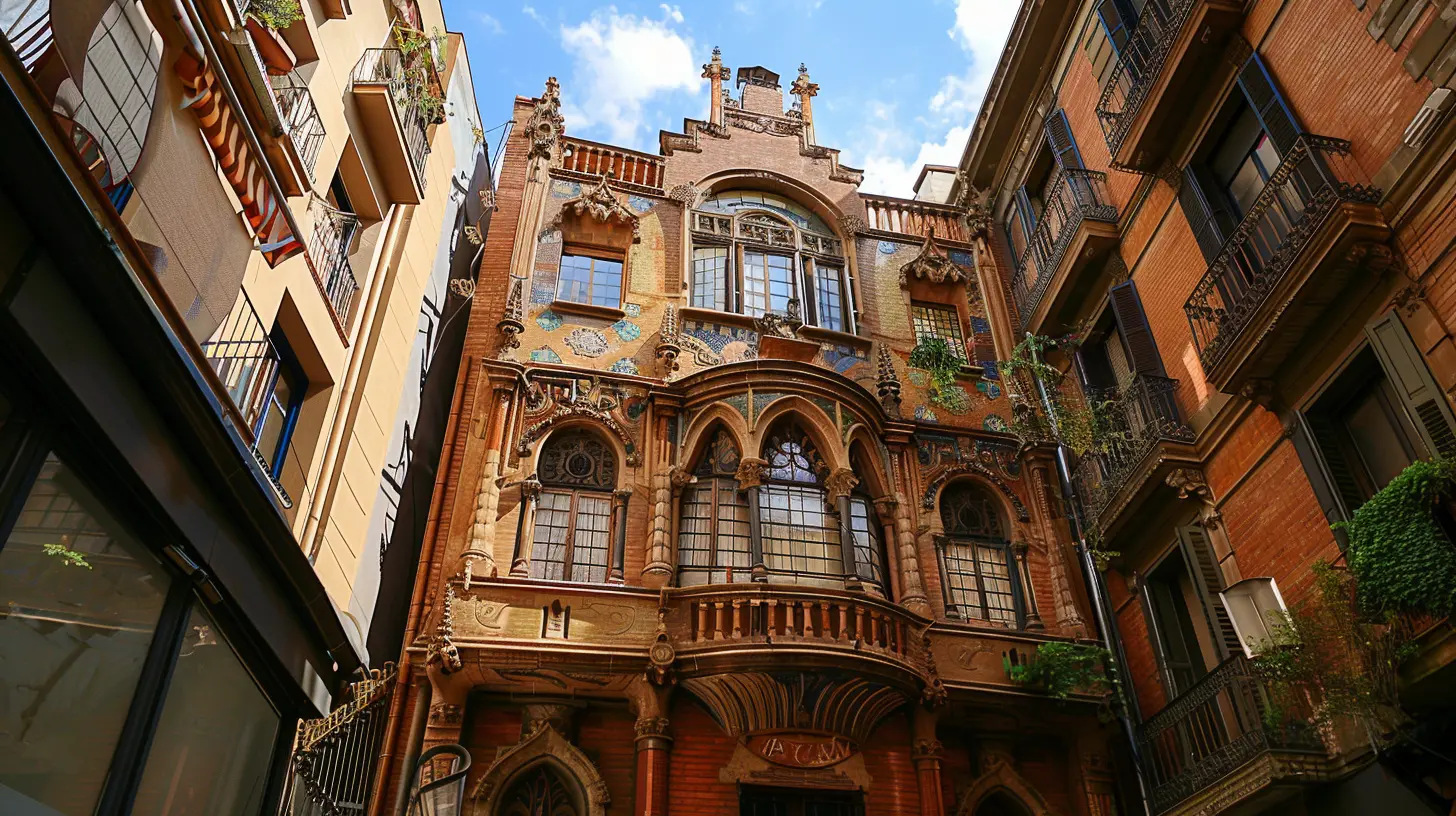
1. La Sagrada Família: The Crown Jewel of Barcelona
If there's one Gaudí creation that towers above the rest—literally—it’s La Sagrada Família. This iconic basilica has been under construction for over 140 years, and guess what? It’s still not finished!Walking into La Sagrada Família is like stepping into a forest of stone. The towering columns stretch towards the heavens, branching out like giant trees. The stained-glass windows bathe the interior in a kaleidoscope of colors, shifting with the sunlight. And the facades? Each one tells a different biblical story, with incredibly detailed sculptures bringing the scenes to life.
Fun fact: Gaudí was so dedicated to this project that he lived in the basilica for the last years of his life. Today, it remains one of the most visited attractions in Spain, drawing millions of admirers every year. 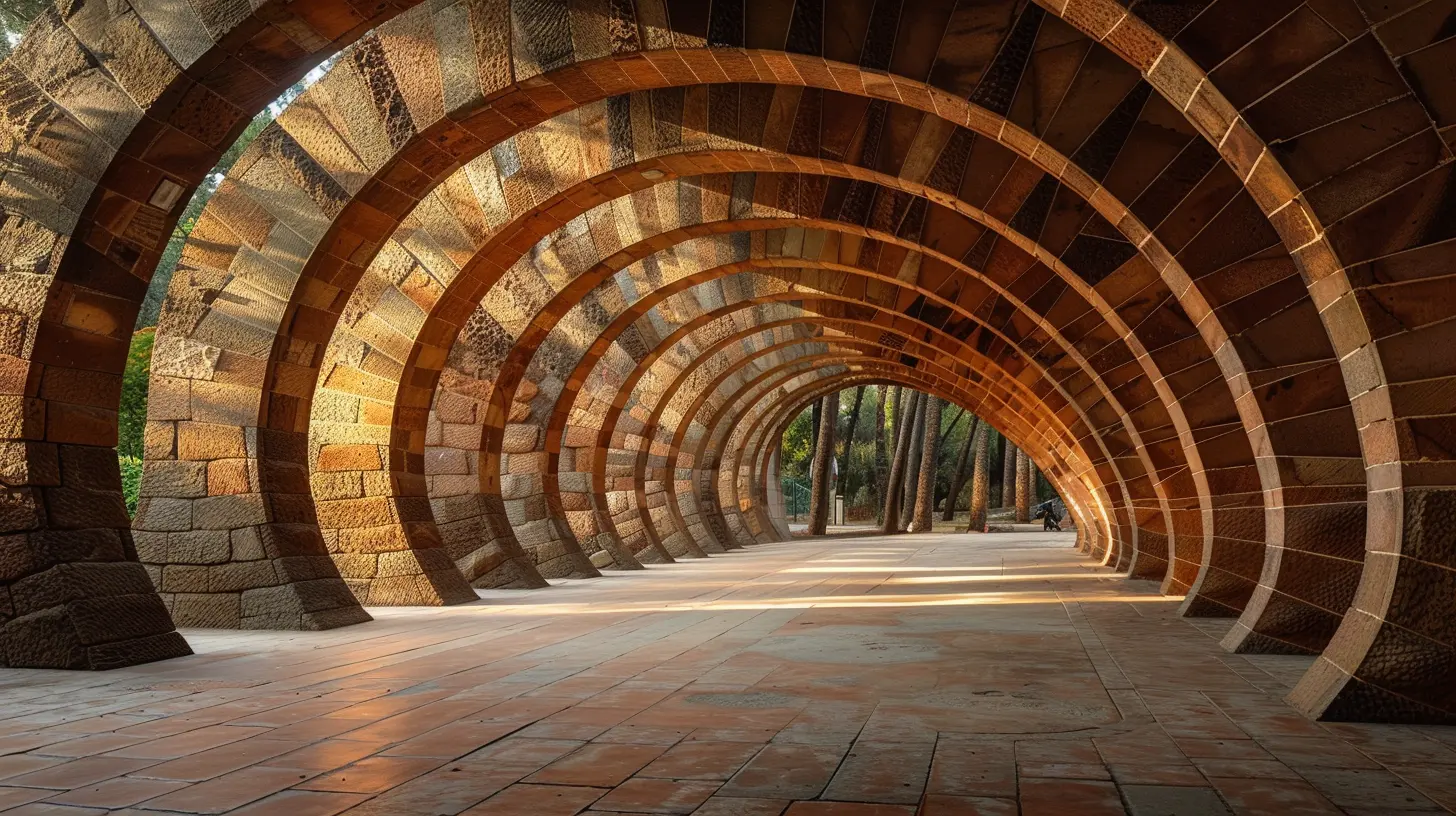
2. Park Güell: A Fairytale Playground
Next stop—the whimsical Park Güell! If ever a place could make you feel like you've stepped inside a fantasy novel, this is it. Originally designed as a housing project (which failed), it was later transformed into a public park showcasing Gaudí's artistic brilliance.The entrance alone is a showstopper. A vibrant mosaic dragon welcomes visitors, setting the tone for what’s to come. As you wander through the park, you’ll find winding pathways, curvy benches covered in broken ceramic tiles (a technique called trencadís), and sweeping views of Barcelona.
The true highlight? The serpentine bench on the main terrace. Covered in colorful mosaics and offering breathtaking panoramic views of the city, it’s the perfect spot to sit and soak in the magic. 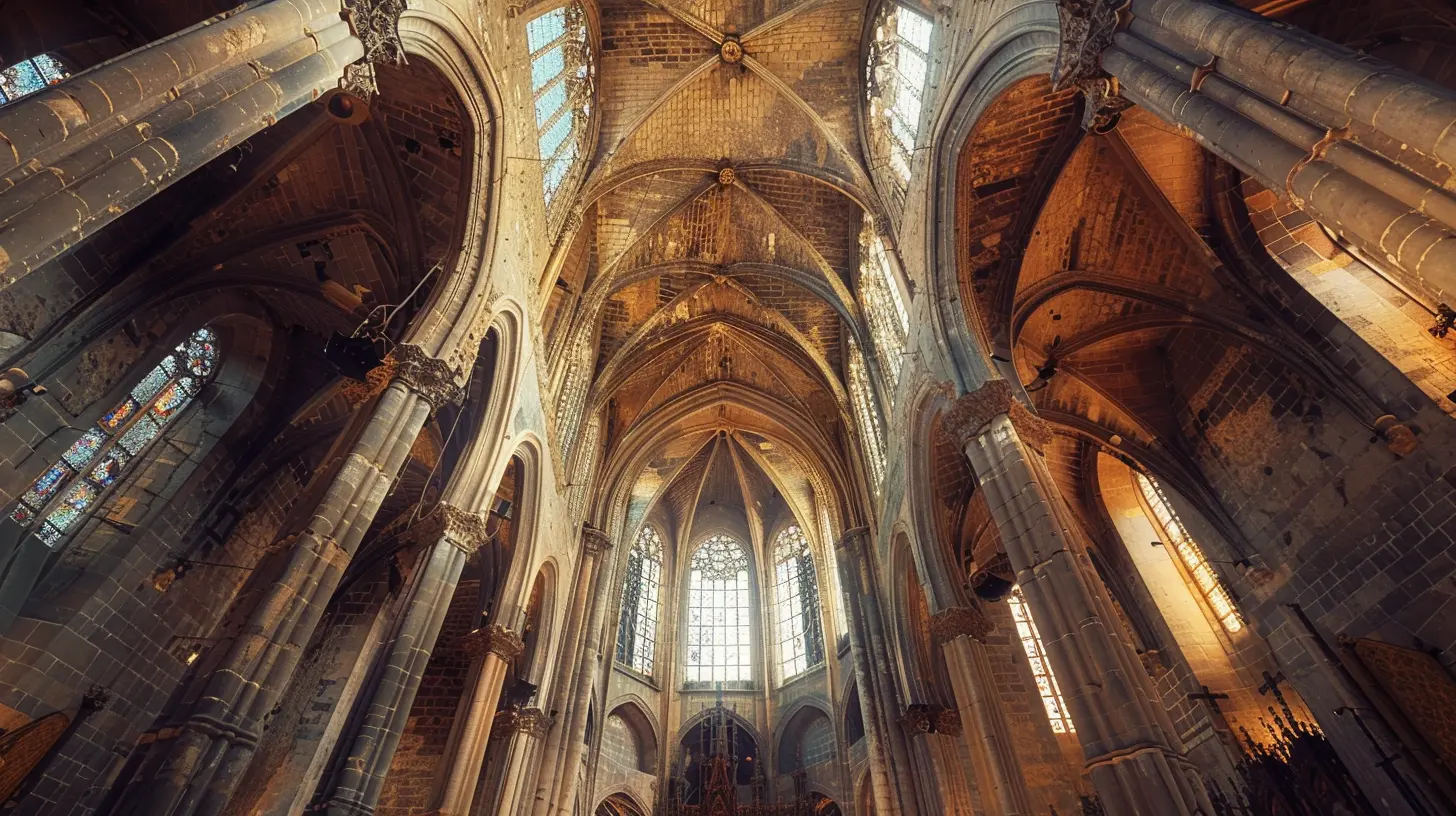
3. Casa Batlló: The House of Bones
Imagine a house that looks like it was plucked straight from a fairy tale. Welcome to Casa Batlló, one of Gaudí’s most mesmerizing residential designs.Often called the "House of Bones" due to its skeletal-like balconies and wavy façade, this building is pure enchantment. The exterior shimmers with blues, greens, and purples, resembling the scales of a mythical dragon. Step inside, and the magic continues—light flows effortlessly, every room feels fluid, and the attention to detail is mind-blowing.
One of Gaudí’s greatest strengths was his ability to merge function with beauty. Take the building’s light well, for example. He designed it to ensure that even the lowest floors received ample natural light, proving that practicality and aesthetics could go hand in hand.
4. Casa Milà (La Pedrera): A Stone Wave in the Cityscape
At first glance, Casa Milà, also known as La Pedrera (meaning “stone quarry”), might seem simple compared to Gaudí’s other works. But look closer, and you’ll see that it's anything but ordinary.The undulating stone façade makes the entire building look like a moving wave. There are no straight lines—only flowing curves, giving the structure a fluid and organic feel. The balconies, adorned with twisted wrought iron, look like seaweed swaying in the ocean.
But the real magic lies on the rooftop. Here, Gaudí transformed chimneys into sculptural masterpieces, some resembling medieval knights guarding the city. The views from the top? Absolutely breathtaking.
5. Palau Güell: An Early Gem
Before Gaudí became the celebrated architect we know today, he designed Palau Güell. Built for the industrial tycoon Eusebi Güell, this mansion is a hidden treasure on La Rambla.Unlike his later colorful works, this palace leans towards a darker, more Gothic style. But step inside, and Gaudí’s creativity shines through. The intricate wooden ceilings, stunning stained-glass windows, and innovative ventilation system all hint at the genius that was yet to come.
One of the coolest features? The rooftop chimneys, which are—unsurprisingly—works of art themselves!
6. Casa Vicens: Where It All Began
Want to see where Gaudí’s magic started? Head to Casa Vicens, his first major commission.Unlike his later organic designs, Casa Vicens is heavily influenced by Moorish and Oriental styles. The brightly colored tiles, geometric patterns, and elaborate ironwork make it stand out even today. It’s like a mosaic-covered gingerbread house, full of character and charm.
Once a private home, Casa Vicens is now open to visitors, offering a rare glimpse into the young Gaudí's early experiments with design.
7. Colònia Güell: A Hidden Gem Outside Barcelona
If you're up for a little adventure beyond Barcelona, Colònia Güell is a must-visit. This unfinished church, located in the small town of Santa Coloma de Cervelló, offers a fascinating look at Gaudí’s experimental side.Often considered a "test run" for La Sagrada Família, Colònia Güell features stunning stained-glass windows, leaning columns, and a mystical underground crypt. It’s far less crowded than Gaudí’s bigger landmarks, making it the perfect spot for architecture lovers looking for a more peaceful experience.
Why Gaudí’s Work Still Captivates Us Today
So, what makes Gaudí’s architecture so unforgettable? It’s more than just beauty—it’s the emotion, the movement, and the sheer ingenuity behind every detail. His designs blur the line between art and architecture, proving that buildings don’t need to be boring boxes; they can be living, breathing pieces of creativity.Even decades after his passing, Gaudí’s influence remains stronger than ever. His works continue to inspire architects, artists, and dreamers from around the world. And Barcelona? It wouldn’t be the same without him.
Final Thoughts: Walking Through Gaudí’s Barcelona
If you're visiting Barcelona, following Gaudí's trail is an absolute must. Each of his creations tells a different story, inviting you to step into a world where imagination knows no limits.From the towering spires of La Sagrada Família to the wave-like façade of Casa Milà, Gaudí’s genius is everywhere. Whether you're an architecture buff, an art lover, or just someone who appreciates a bit of magic, his works are guaranteed to leave you in awe.
So, put on your walking shoes, grab your camera, and get ready to experience Barcelona like never before—through the eyes of Antoni Gaudí.
all images in this post were generated using AI tools
Category:
City ToursAuthor:

Reed McFadden
Discussion
rate this article
2 comments
Lana Johnson
Absolutely enchanting! Barcelona’s architectural gems, especially Gaudí’s masterpieces, make every corner a delightful surprise. Exploring these wonders feels like stepping into a vibrant dream. Can’t wait to visit and experience the magic!
November 4, 2025 at 3:28 PM

Reed McFadden
Thank you! Barcelona’s architecture truly is a dreamscape, and I’m thrilled you’re inspired to explore Gaudí’s incredible creations!
Alana McGee
Gaudí’s creations are like architectural candy—vibrant, whimsical, and totally unforgettable! If you’re not ready to embrace the wild side of Barcelona, stay home and stick to vanilla!
July 12, 2025 at 3:48 PM

Reed McFadden
Thank you! Gaudí truly transforms architecture into a celebration of color and creativity—Barcelona's vibrant heart!
